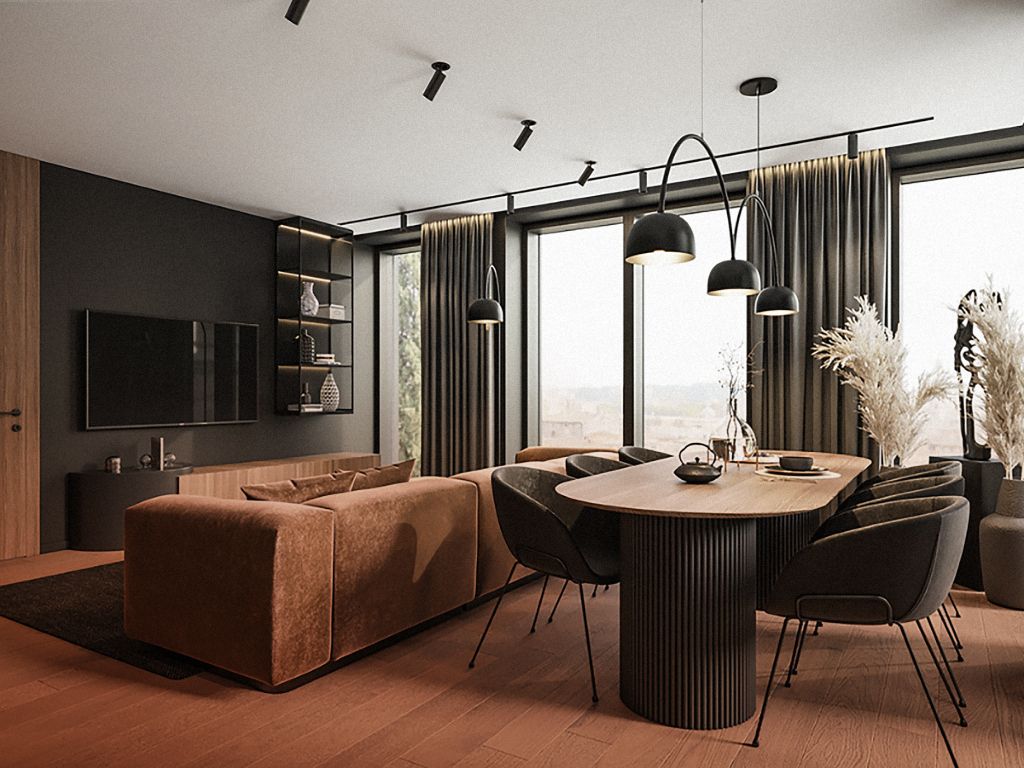
How to integrate environments without breaking the wall?
As an interior designer, one of the most challenging and rewarding tasks is creating fluid and integrated spaces.
Integrating environments not only maximizes available space, but also promotes a sense of connection and harmony throughout the home.
In this blog post, we are going to explore some creative strategies to integrate environments without the need to break walls, allowing you to transform your home into a welcoming and functional space. Let's start!
1. Use strategic furniture:
Multifunctional furniture and smart dividers can be your best allies to integrate environments. For example, a sideboard or low shelf can act as a subtle divider between the living room and dining room, maintaining the visual fluidity between the spaces.
2. Bet on sliding doors:
Sliding doors are an excellent option for flexibly dividing and integrating environments. When open, they provide a sense of continuity; when closed, they create private and cozy environments.
3. Wide windows and mirrors:
Large windows that connect rooms and strategically placed mirrors can visually enlarge the space and create a sense of unity between rooms.
| Exclusive e-book with practical tips that are very successfull. Download now! |
4. Cohesive colors and materials:
The choice of cohesive colors and materials throughout the house contributes to the integration of environments. Opt for a color palette that flows harmoniously and use similar materials to unify spaces.
5. Carpets and lighting:
Rugs are an excellent way to define specific areas without the need for physical walls. In addition, well-planned lighting can highlight different areas of the environment, creating a sense of continuity and fluidity.
6. Open Environments:
The partial opening of a wall, also known as a "half wall", allows the visual connection between environments, while maintaining the individuality of each space.
If possible, integrating the kitchen into the living room or dining room is a great way to connect social activities and ensure a sense of unity in your home.
When integrating environments, remember to ensure free and functional circulation. Avoid blocking passages with furniture or decorative elements.
The integration of environments is a smart strategy to create dynamic and cozy spaces in your home.
Through strategic furniture, sliding doors, cohesive colors and well-planned decorative elements, it is possible to promote a sense of continuity and connection throughout the home, without the need to break walls.
Be creative and allow your home to transform into a fluid and welcoming space, reflecting your unique style and personality.
Hope these tips were helpful! If you have any ideas or experiences to share about integrating environments, let us know in the comments below. Let's inspire and exchange knowledge together!
| Check out my portfolio! |

